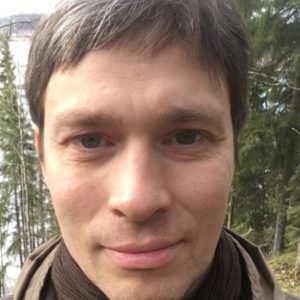Nowadays, many of our most important apps and programs are open source or contain open-source components. In recent years, open-source code has also come into the energy space, where most tools and models had previously been in-house operations (albeit with some notable exceptions). A rather long list of current open-source energy-related models can be found at https://wiki.openmod-initiative.org/wiki/Open_Models. This indicates that open-source development has really broken through, even though there are still many models with research origins inside a walled garden. However, having a large number of separate models is also a challenge. It becomes difficult to identify good models, the effort spent becomes too divided, and many of the models never approach the state-of-the-art frontier.

Juha Kiviluoma
When everybody starts their own models, knowledge doesn’t accumulate as well as it could. Making a good model is much more than writing the equations. There needs to be proper system architecture, data management, interfaces, documentation, tutorials, testing, and verification. The model needs to be very good on at least one, but preferably several, of the common energy and power system modelling aspects: temporal and spatial flexibility, sector-specific representation (e.g., power flows, heat transfers, or small signal stability), computational efficiency, and usability. If the skills of modellers and coders are divided among too many projects, it will not be easy to develop a few good models.
Why So Many Models?
The number of models has been proliferating for several reasons. First, in some quarters, it seems to be almost a requirement for a PhD student to develop their own model. Although it is a good learning exercise, the student could potentially learn more important lessons while contributing to a well-built model. Second, institutions can sometimes discourage participation in shared modelling efforts even if the source code is open—it can be a matter of prestige. Third, it’s really fun to build your own model. Fourth, sometimes it is good to start over. The existing structures in an old model can get too complicated and petrified for continued development, and it can be time to rethink the design. There may also be a more suitable programming or modelling language available.
How to Get over This?
There is a growing recognition that we need a few good models to effectively address the challenges of the energy transition. For example, the European Commission has been funding model development to have alternatives to the closed-source models it has been using to support policymaking. The European Union projects require multiple research organizations to co-operate and contribute to a single effort, like the Spine modelling tools we have been developing over the past four years. There are also efforts to recognize models that are well suited for specific modelling tasks, like LF Energy and Pillar 5, Open Tools and Data, of the Global Power System Transformation Consortium.
Today, there are several high-quality modelling efforts at the different scales of energy and power system modelling. Whether you are a student, manager, engineer, planner, or play any other role in energy systems, please look around and consider whether you or your organization should join an open-source development community to accelerate the energy transition.
Juha Kiviluoma
Principal Scientist, VTT Technical Research Centre of Finland

Leave a Reply